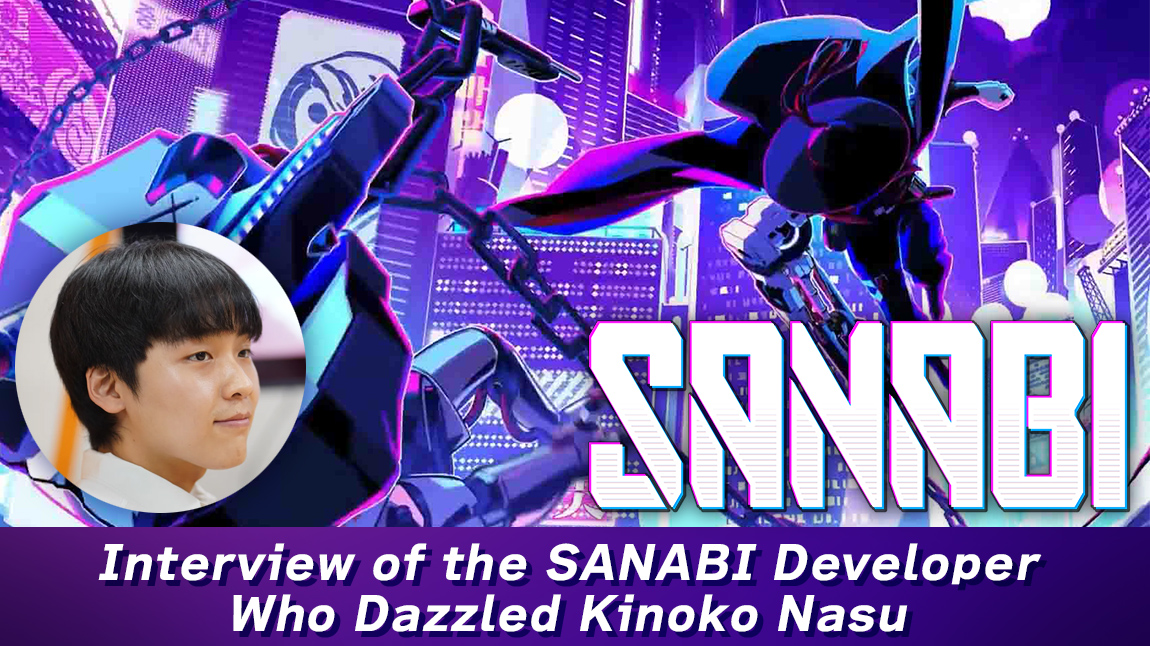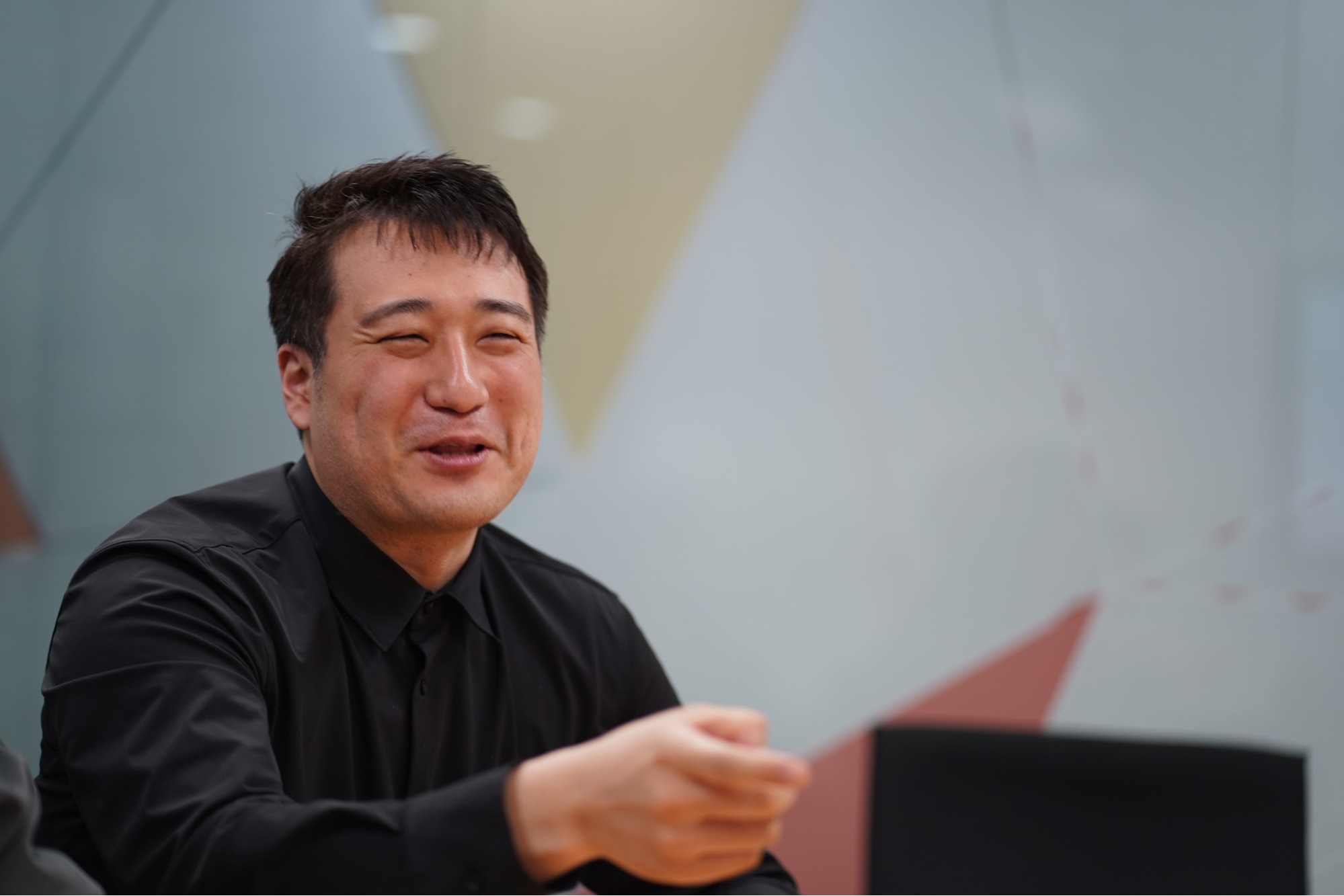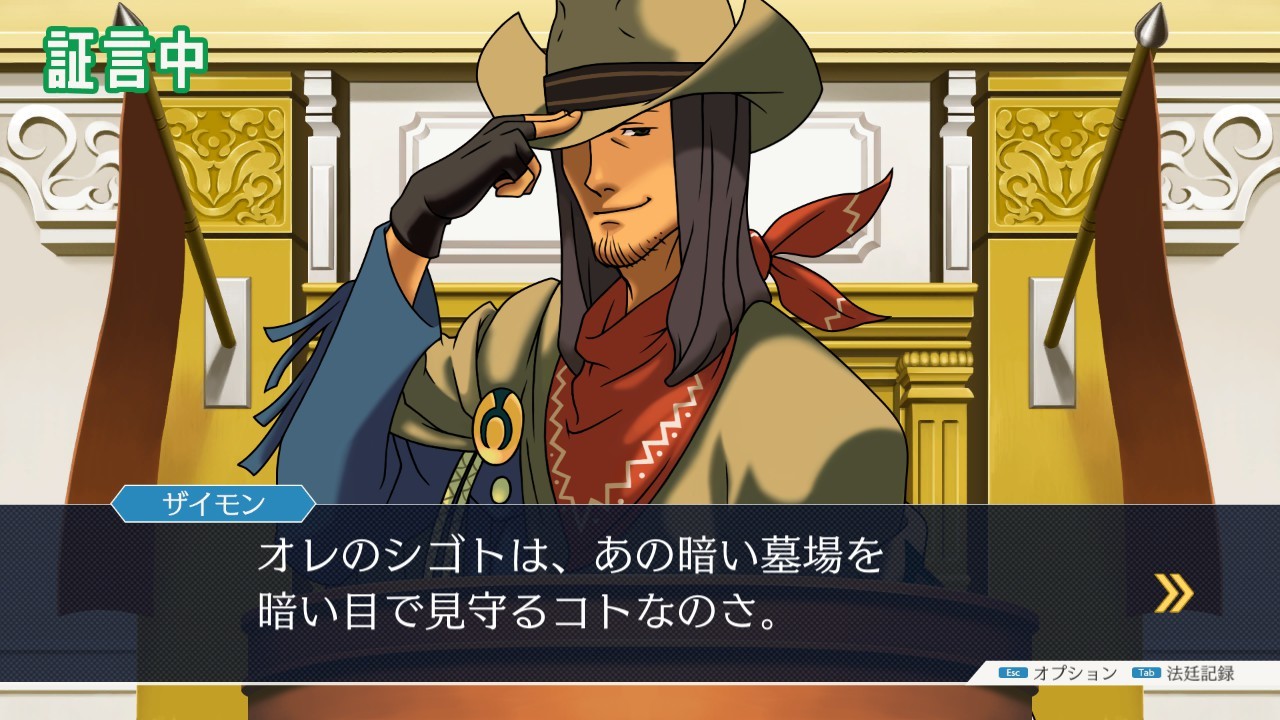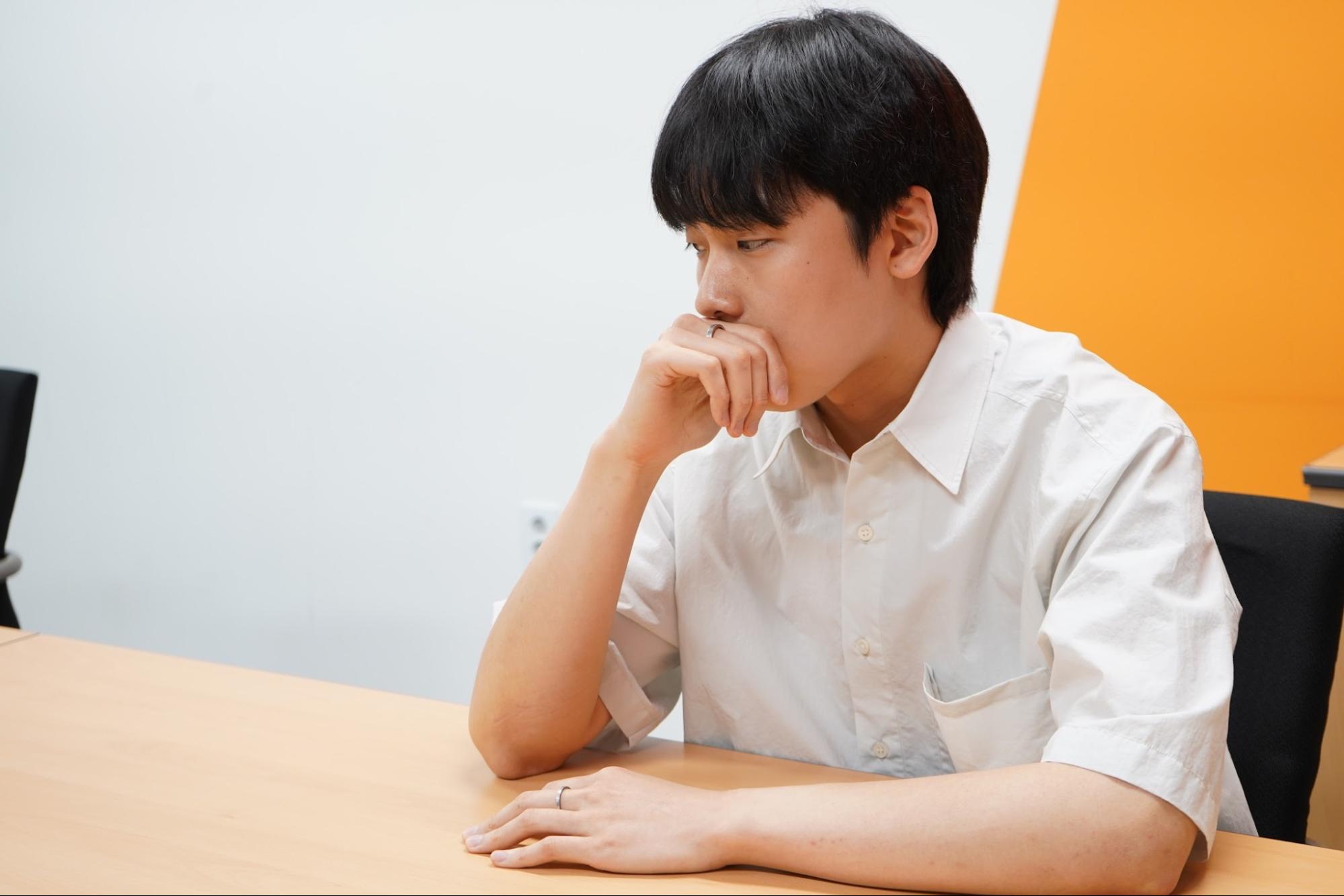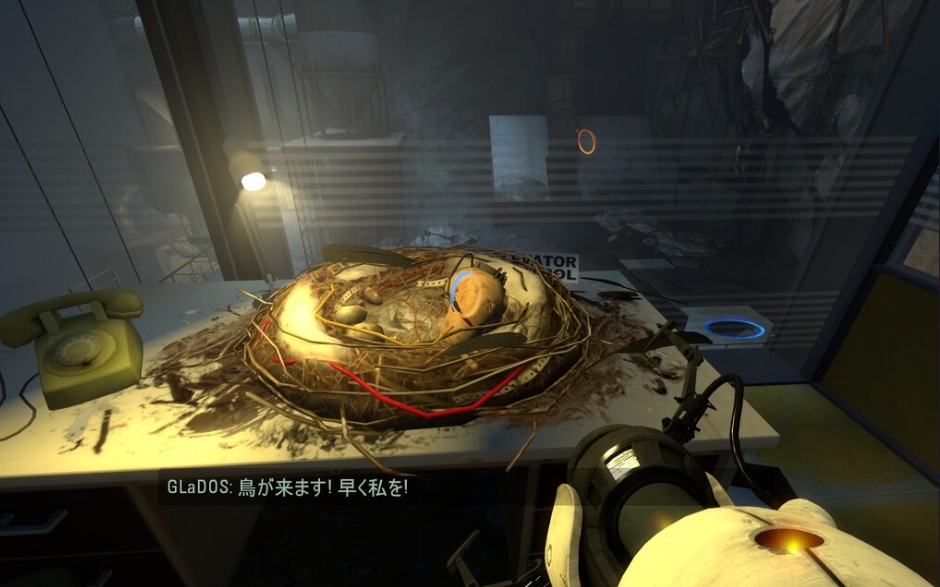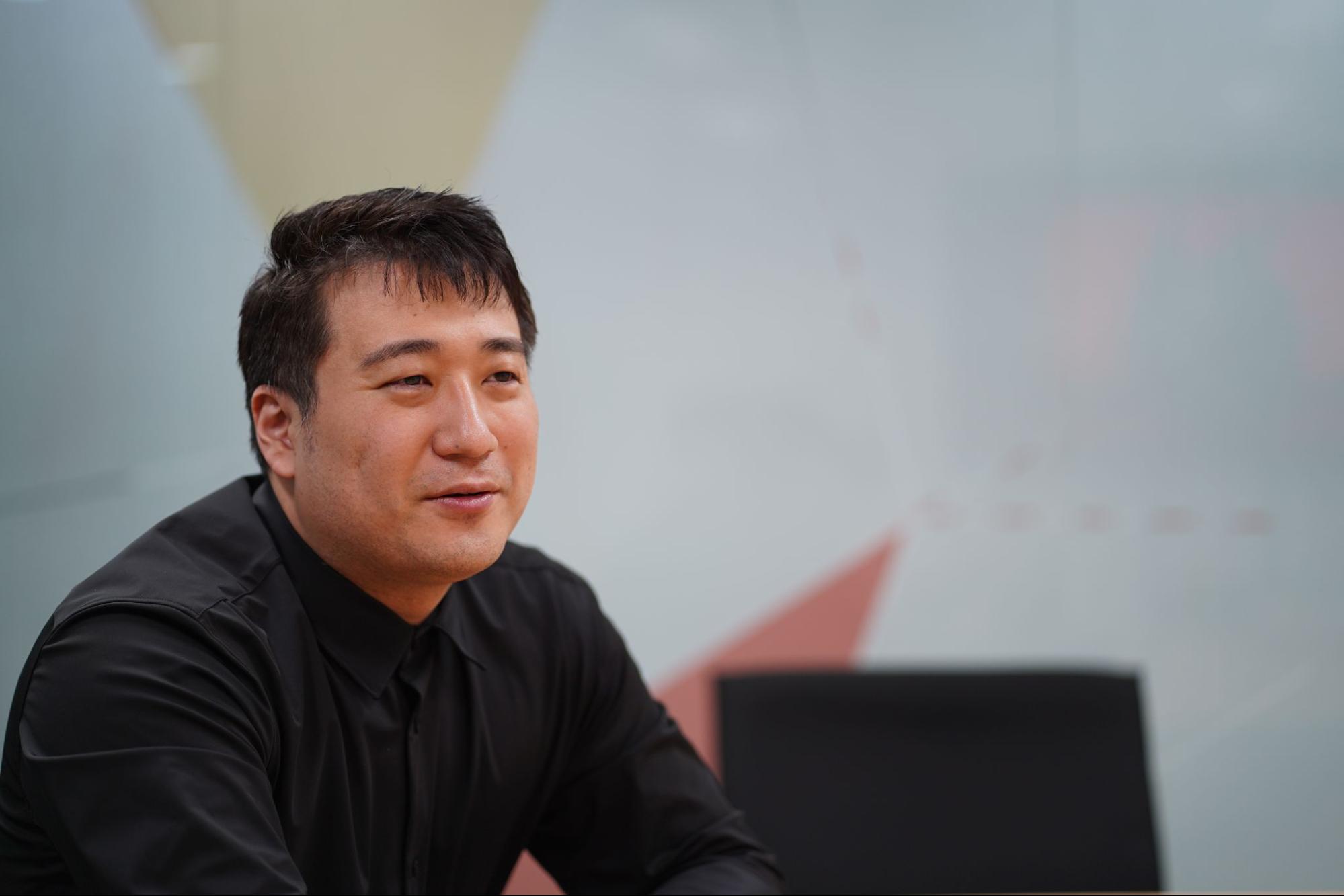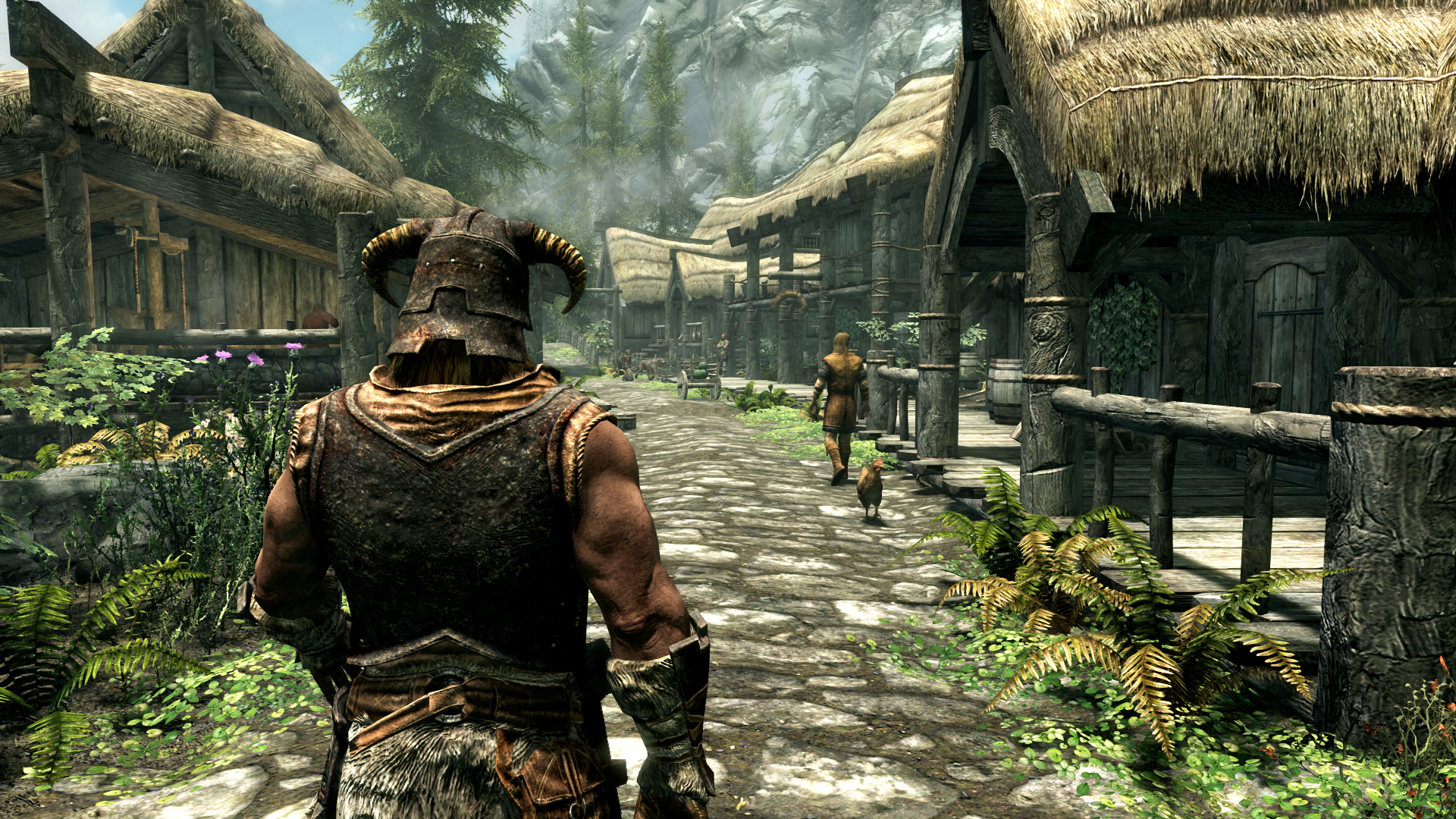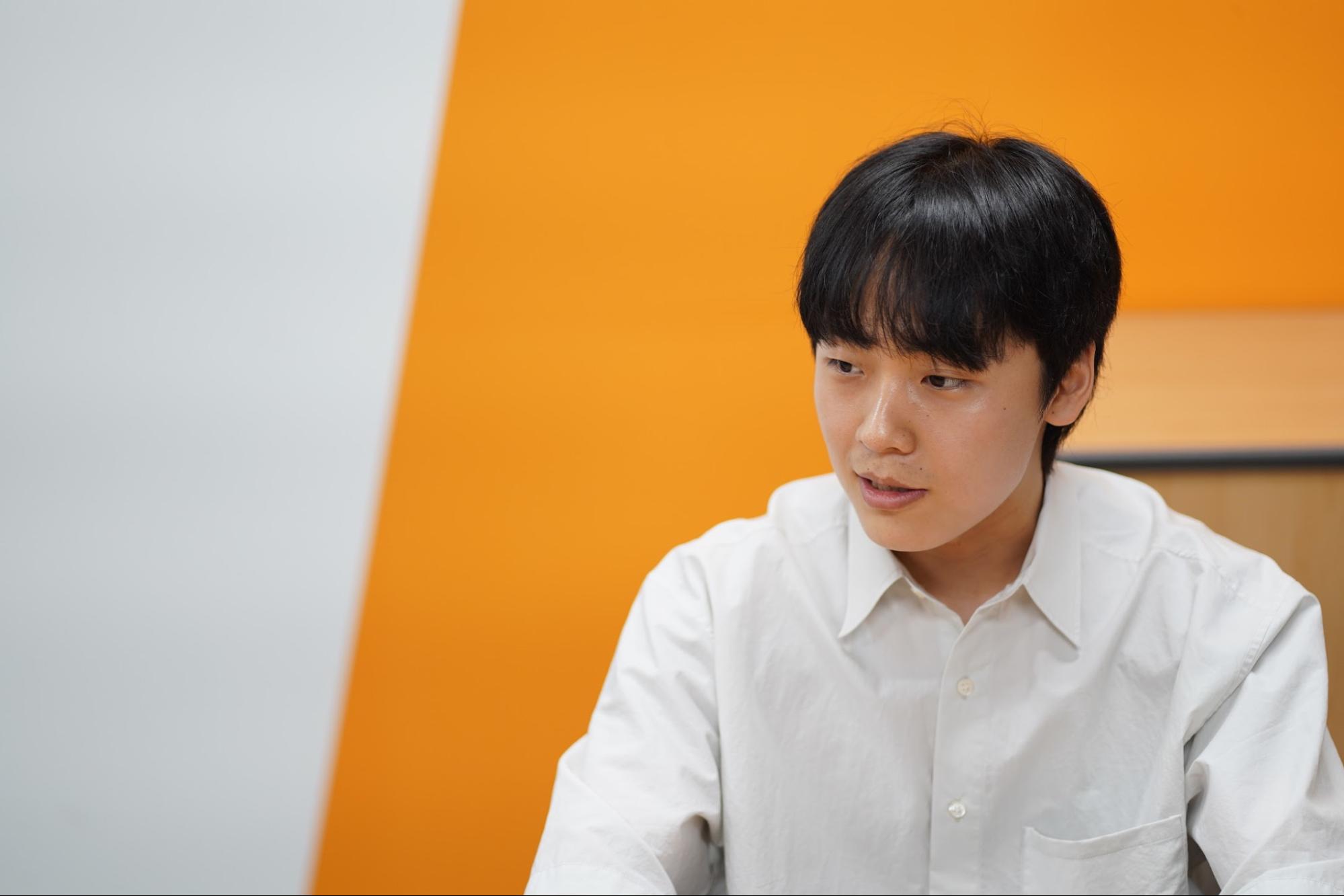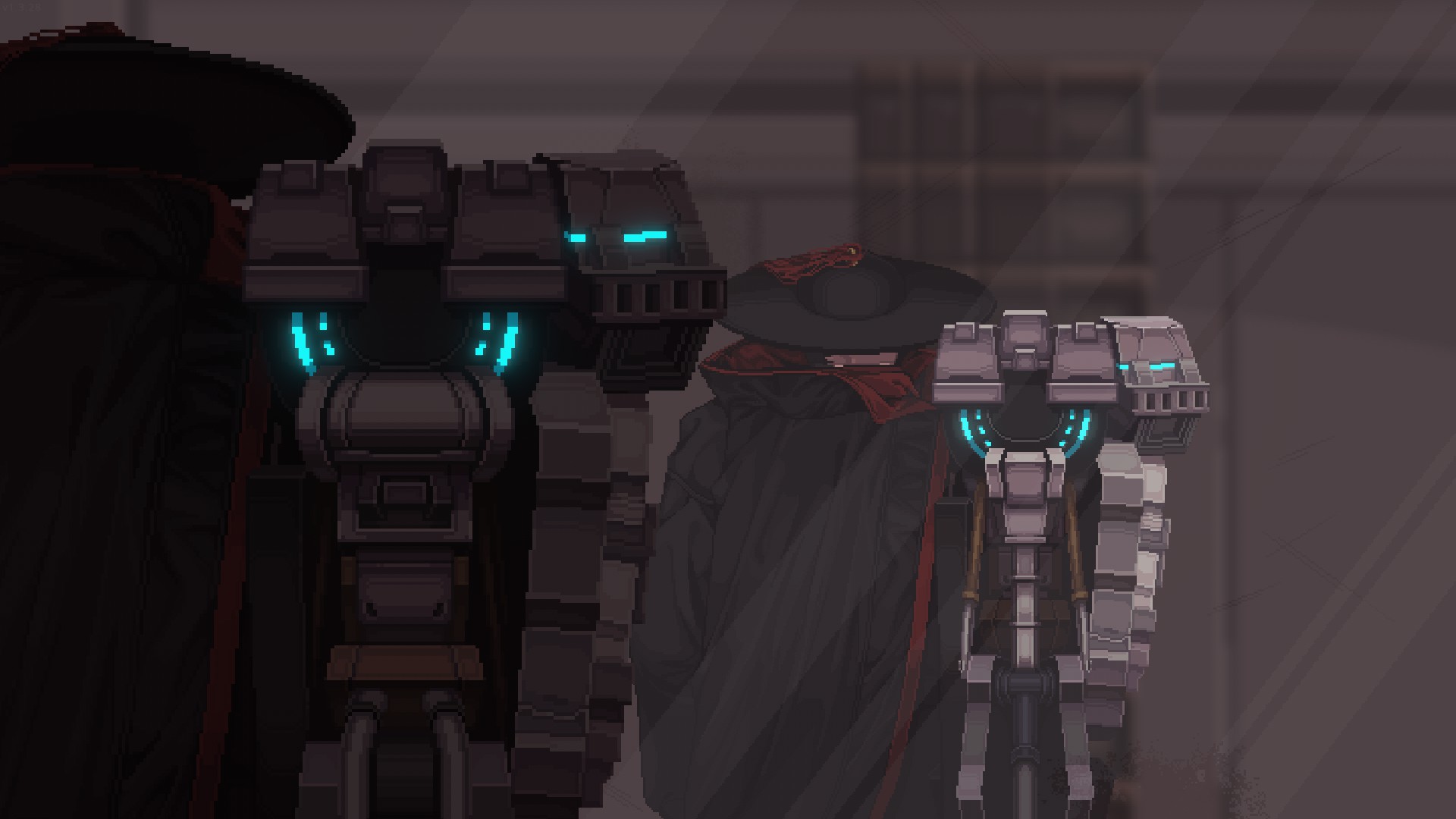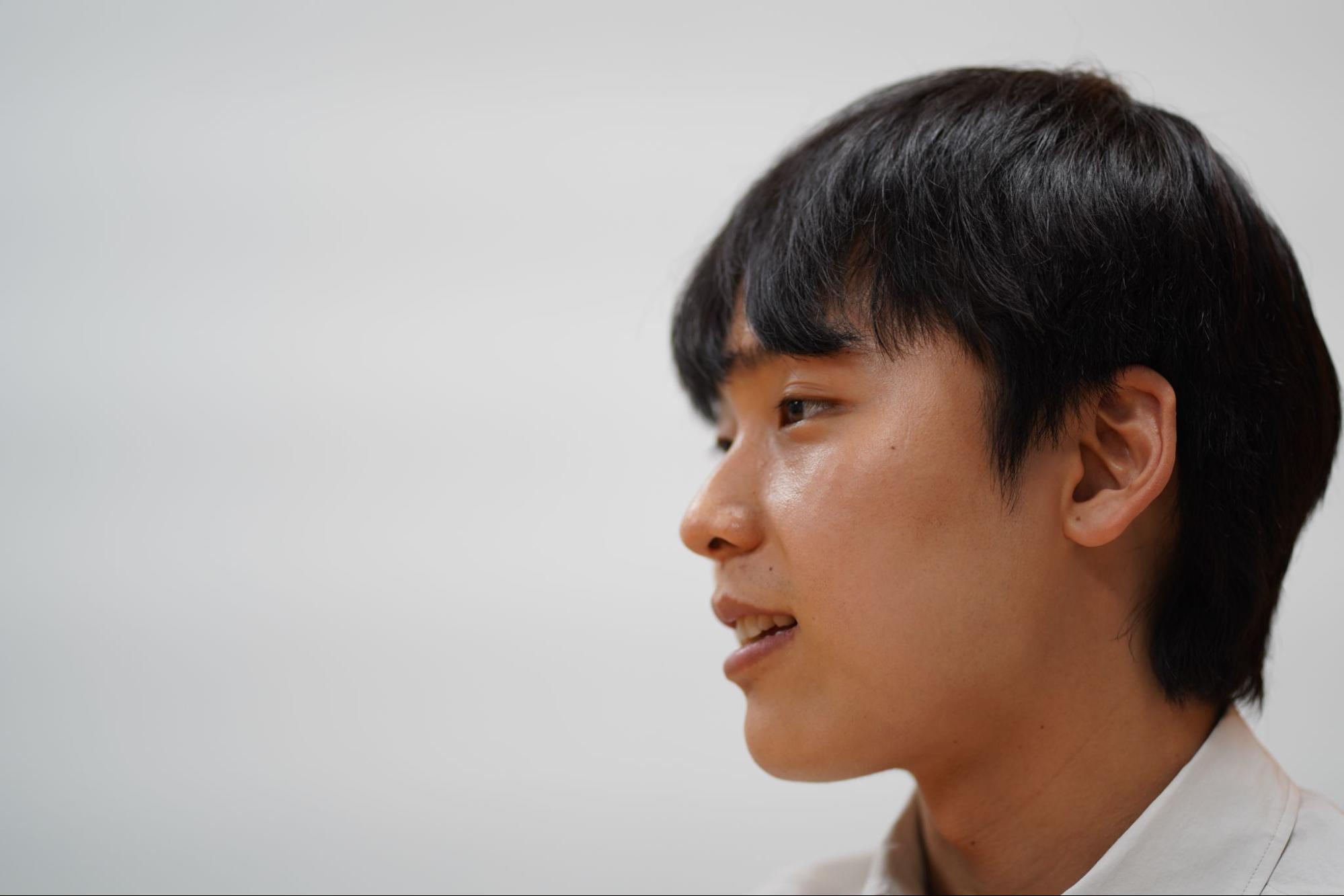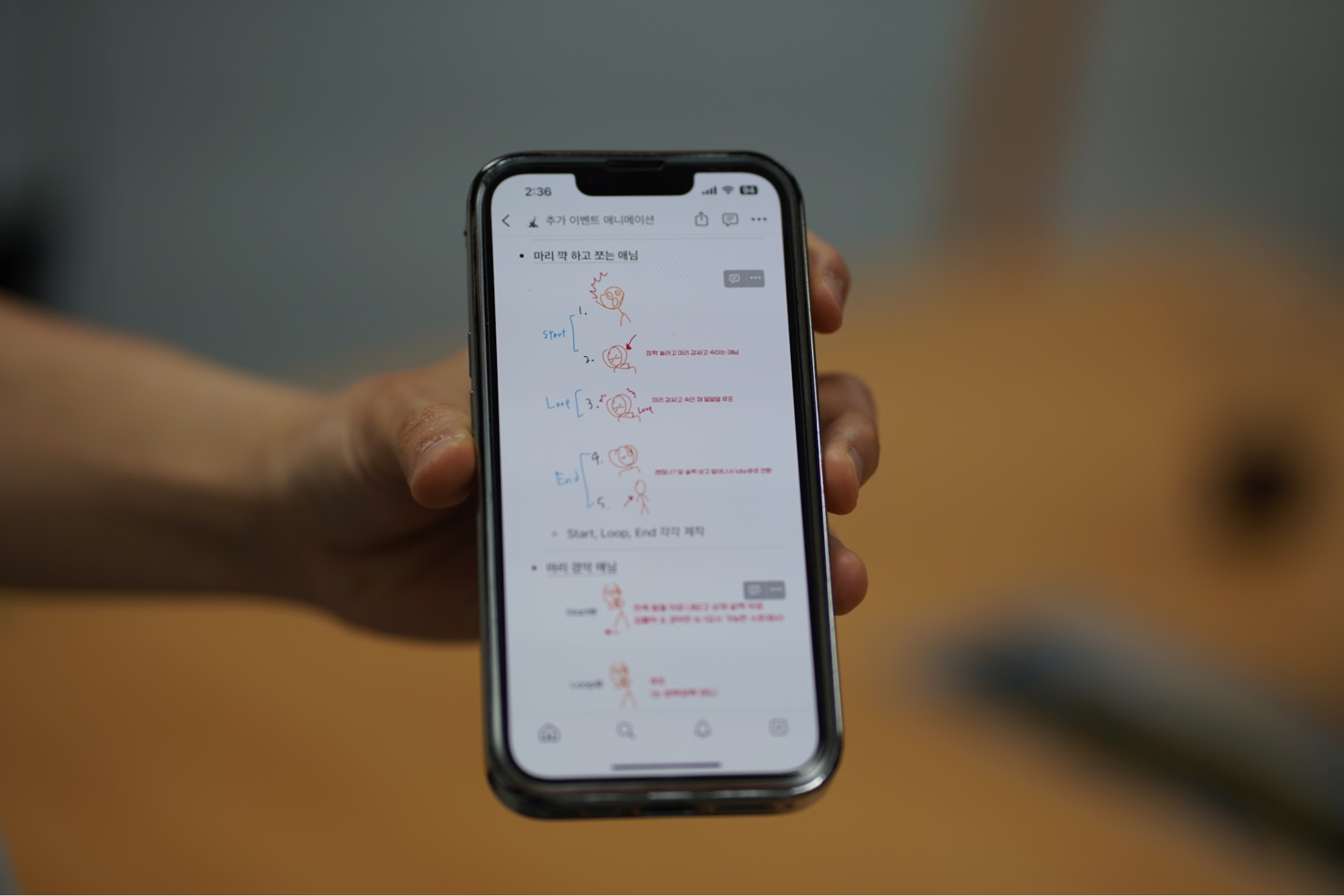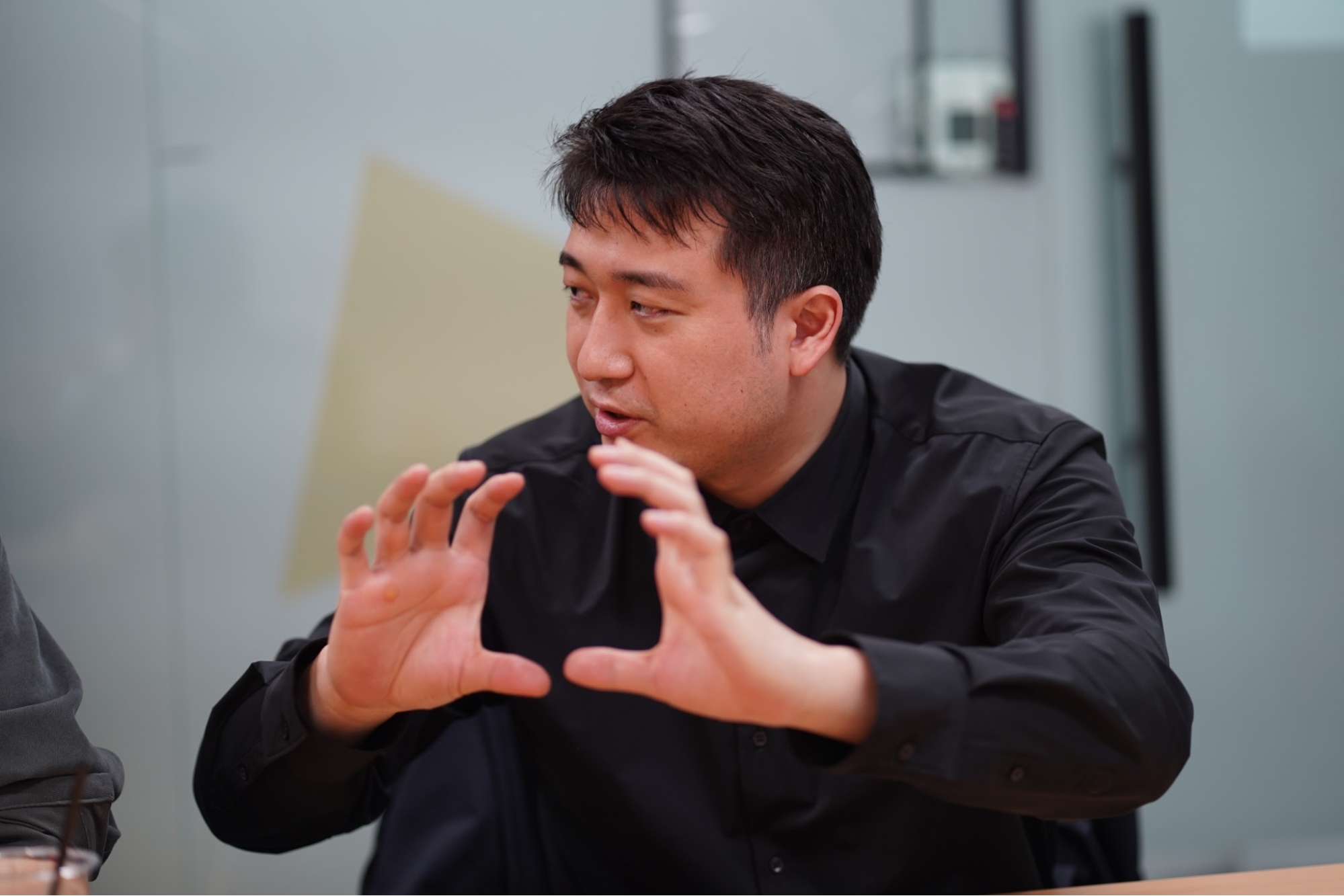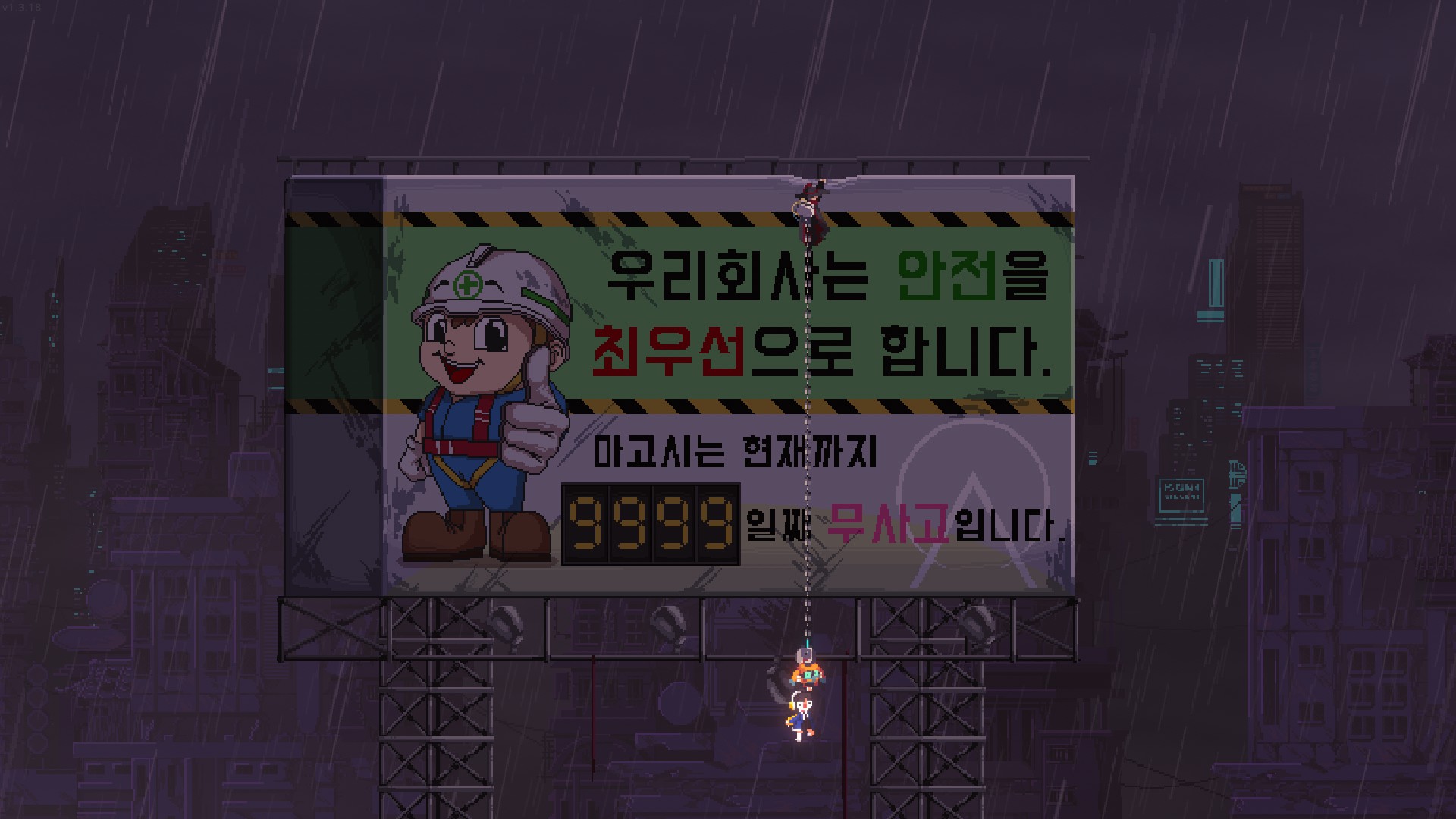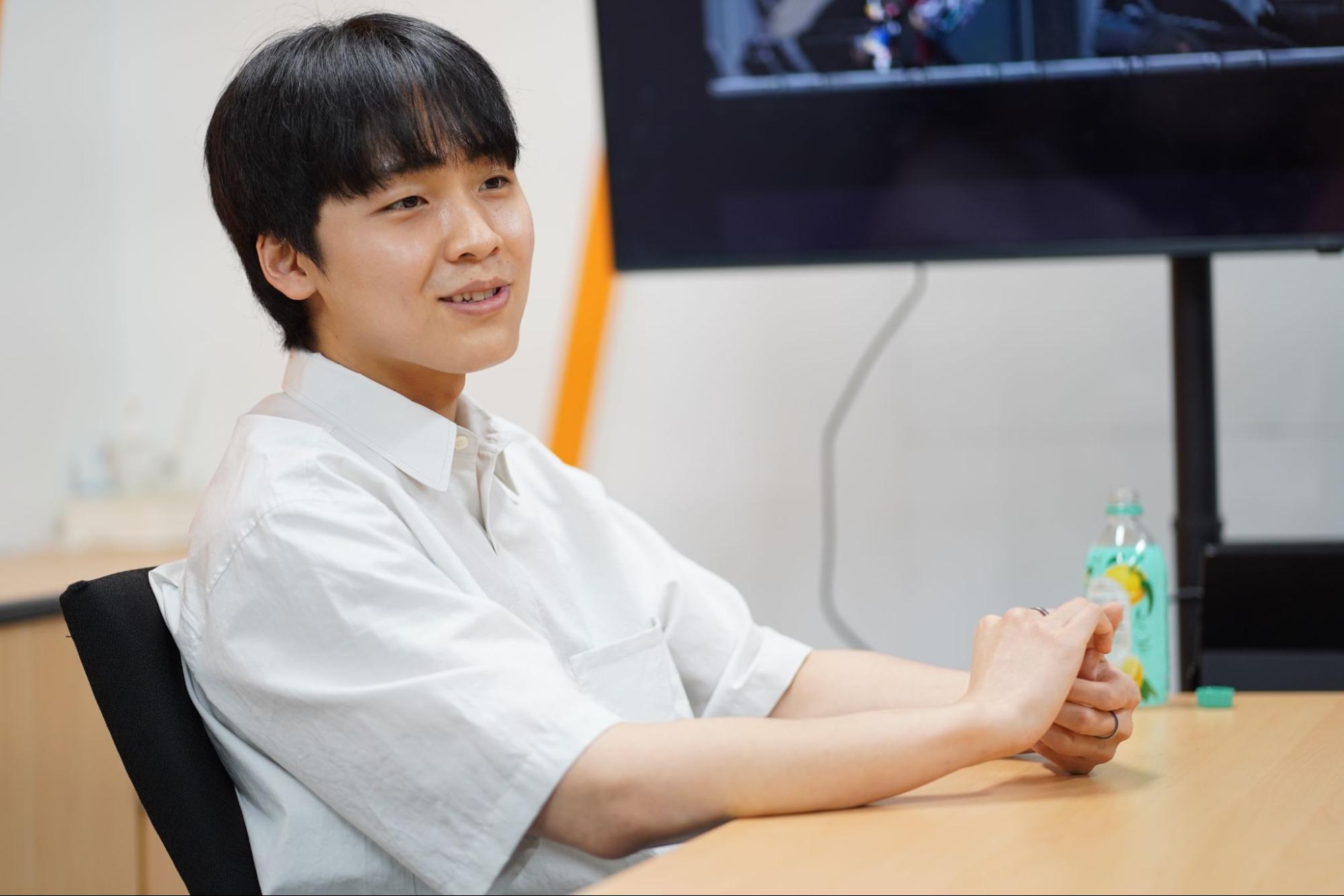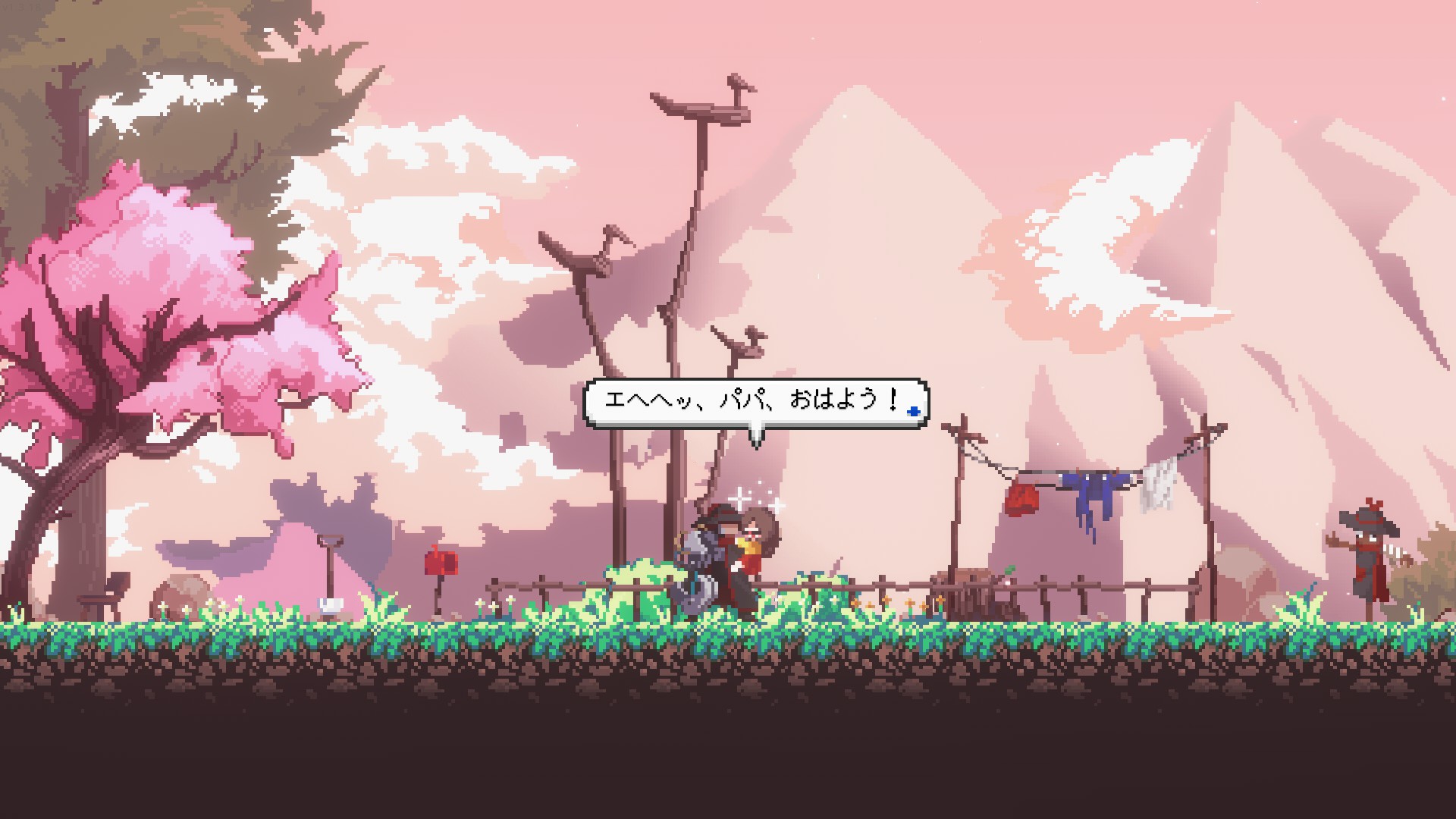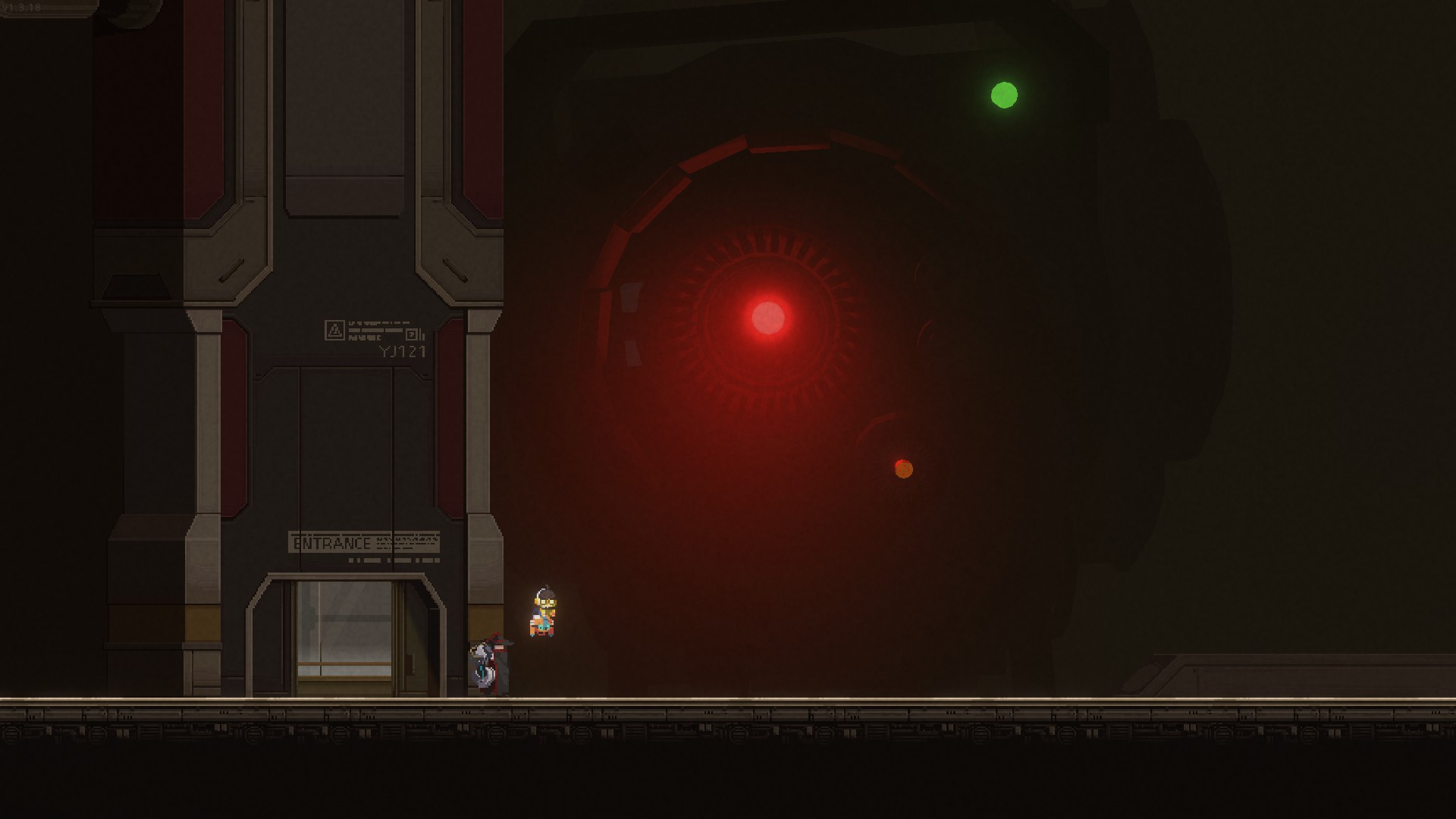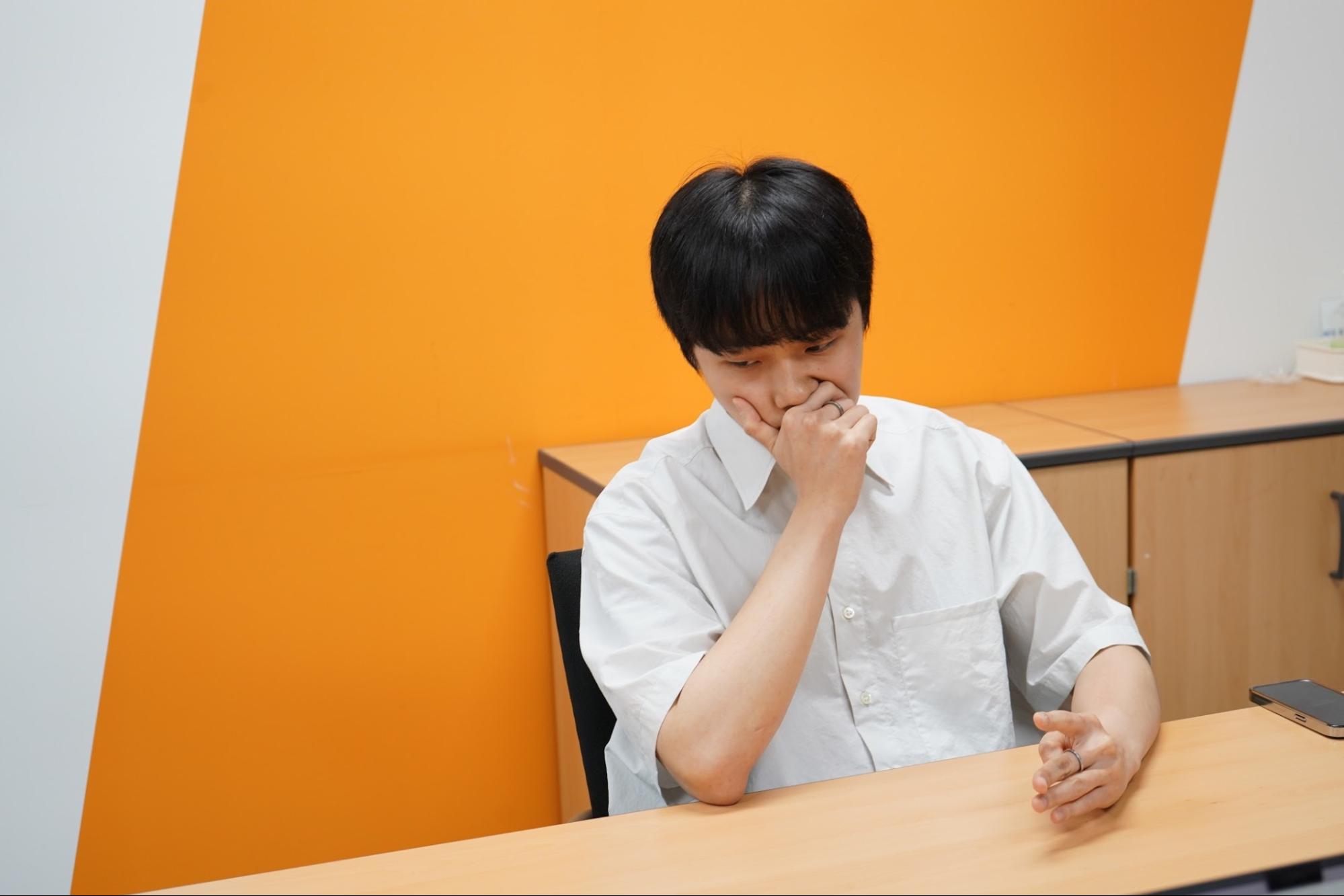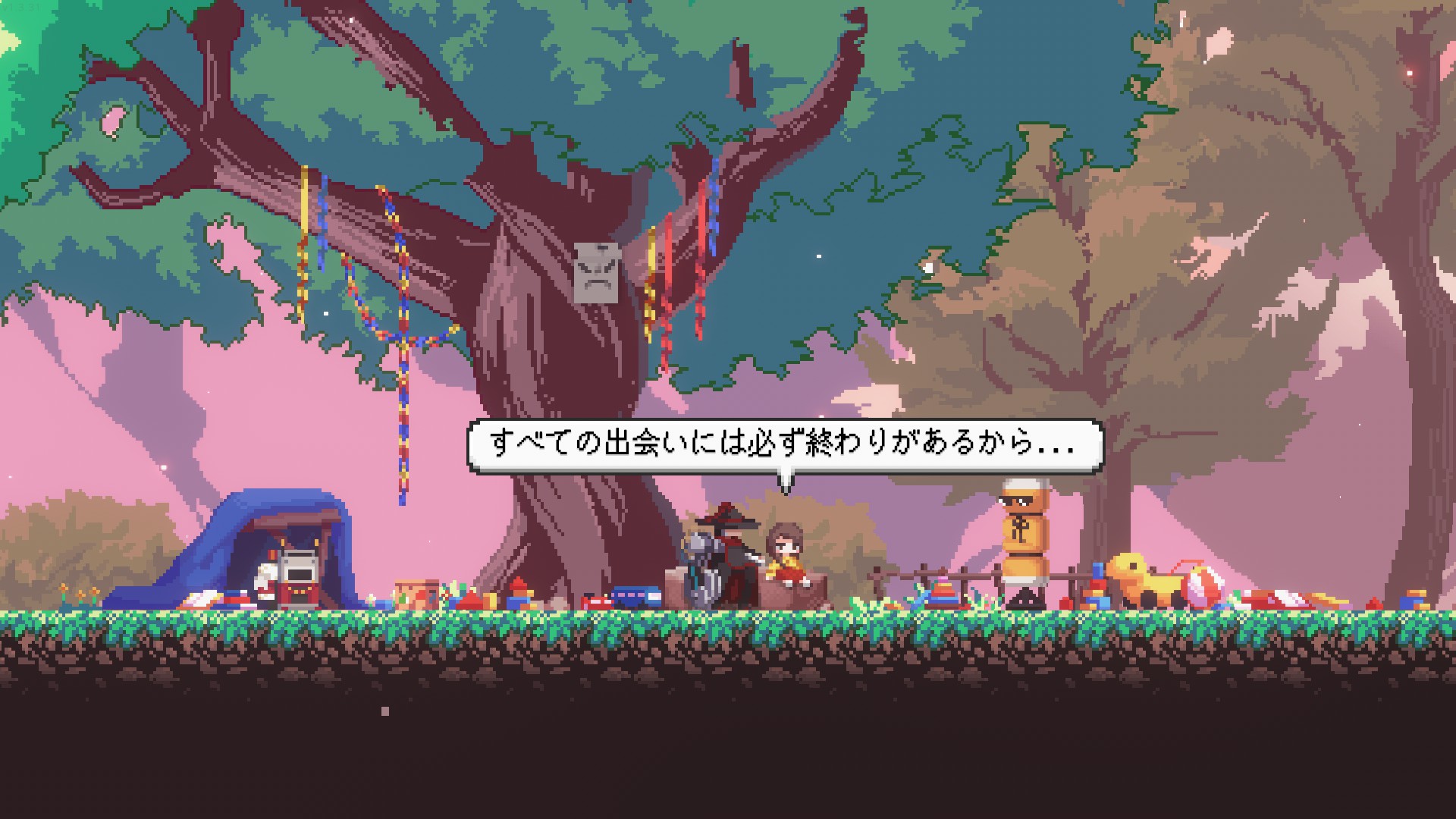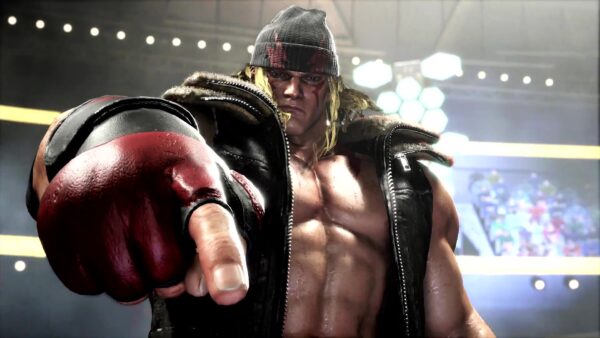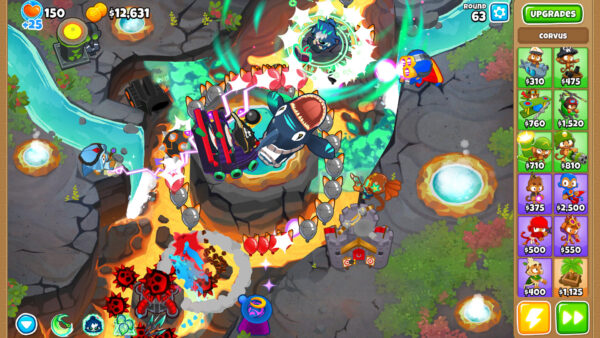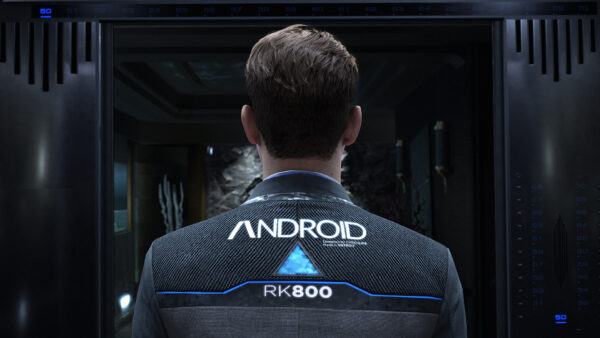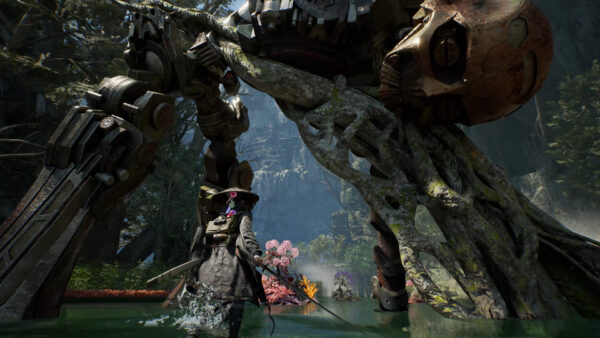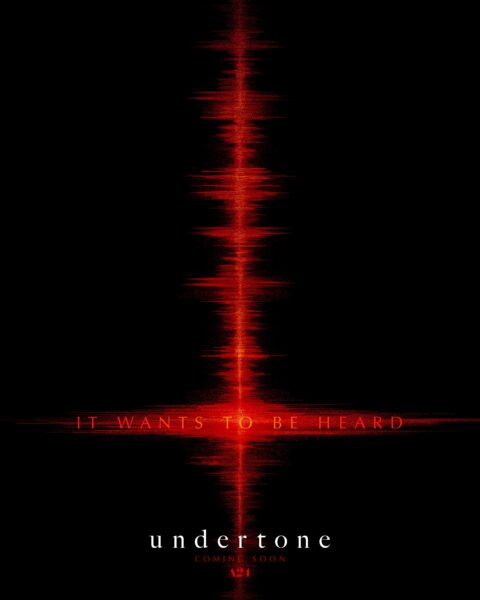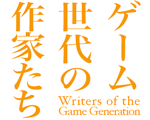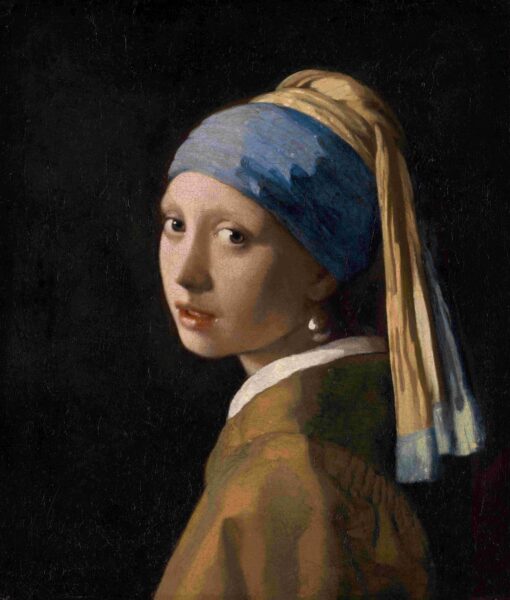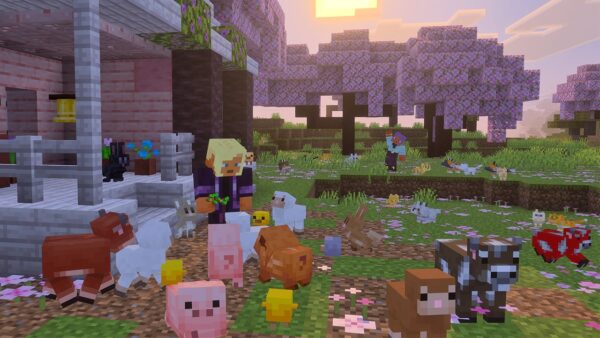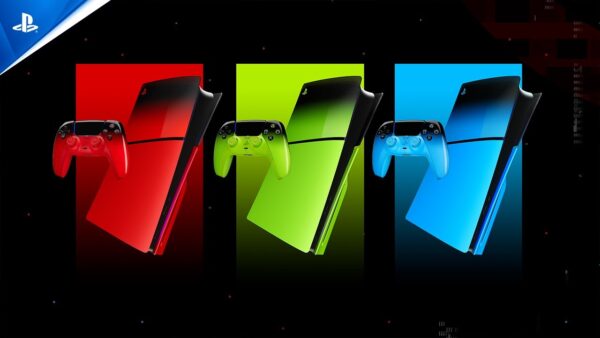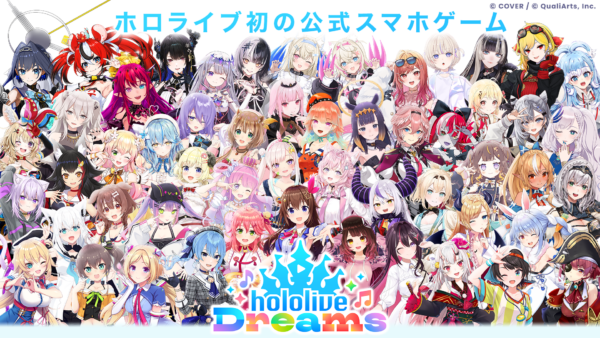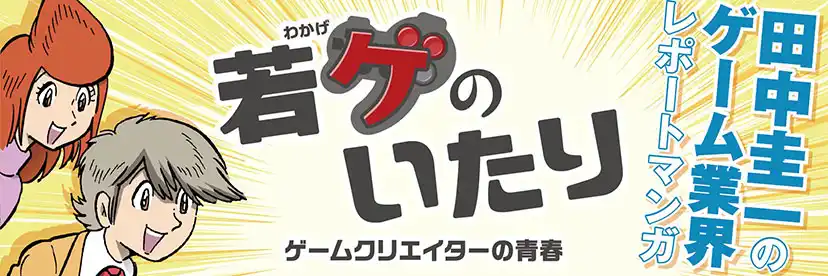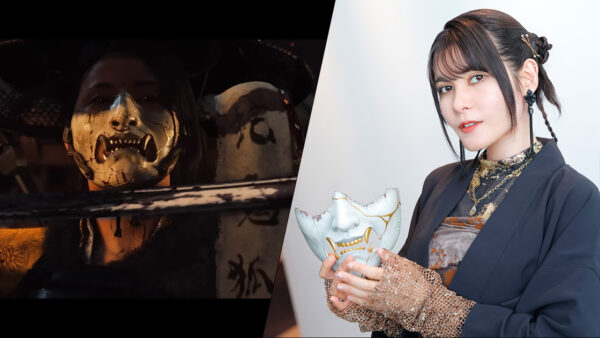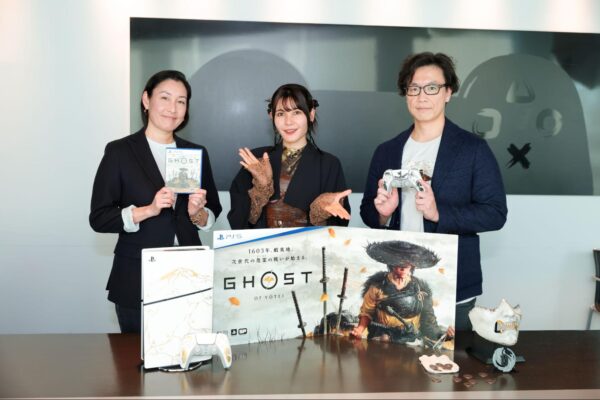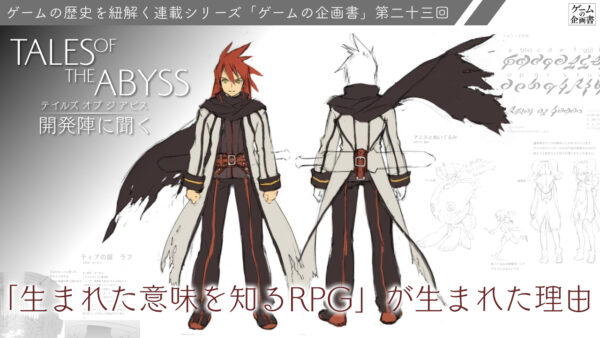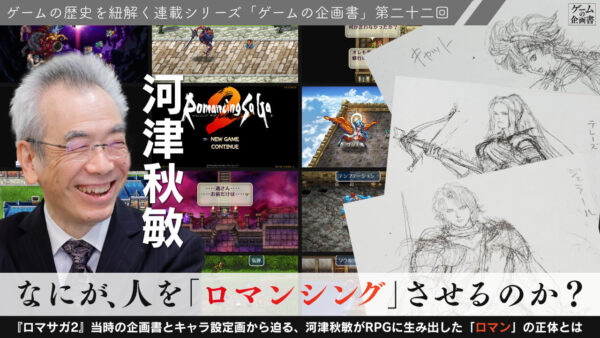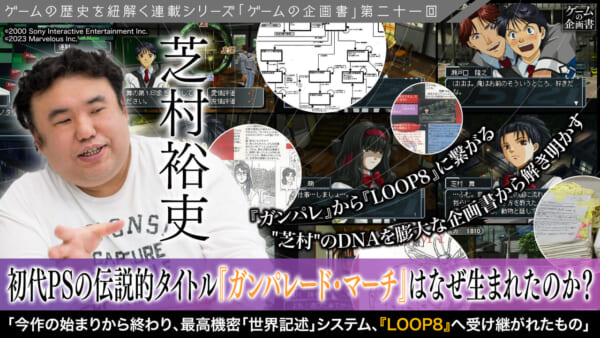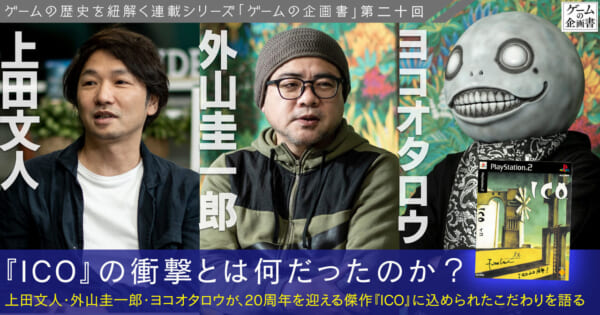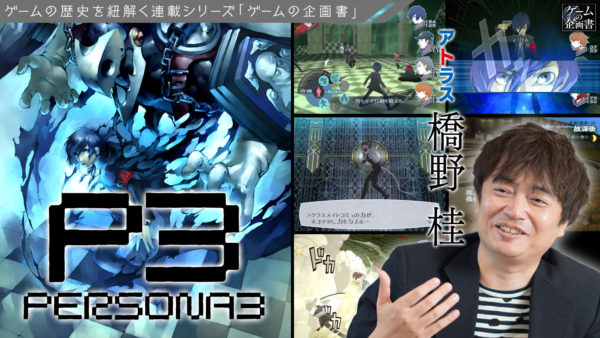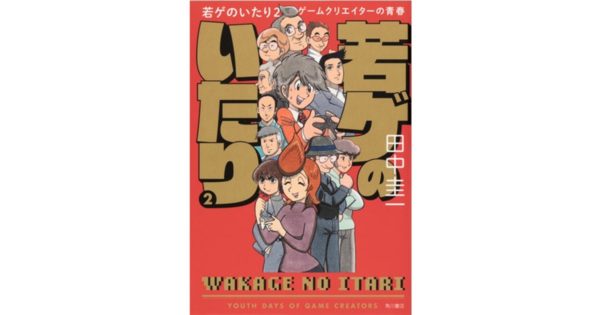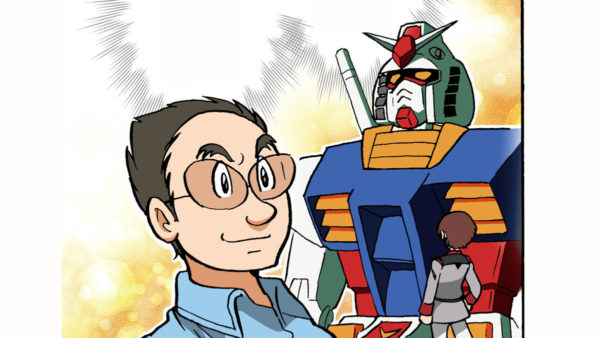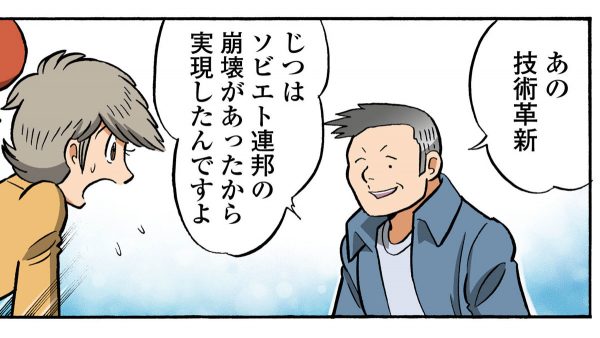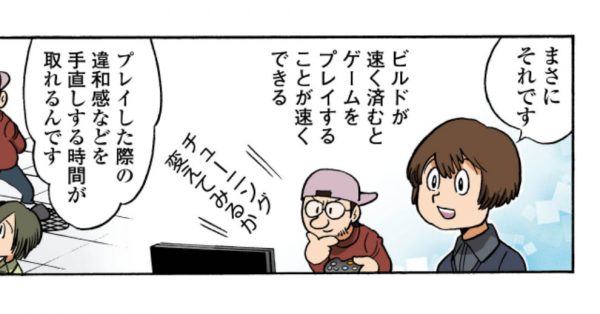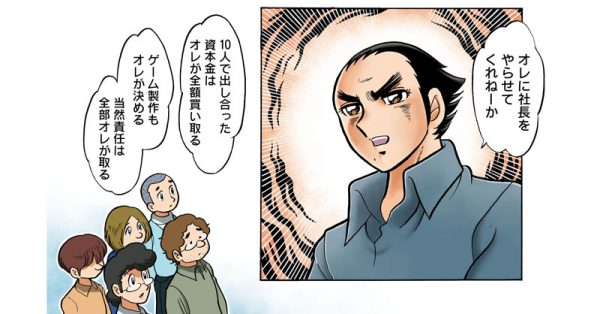『SANABI』 is one of the most praised Korean indie games of 2023. From its gorgeous, delicate pixel art animation to its challenging and stylish action, its profound music, and its story full of surprises that will move you to your core… This game is polished in every aspect, earning it acclaim from both within Korea and around the world. From Japan, praise for the game from Kinoko Nasu, a game scenario writer, is still fresh in my mind.
What was most shocking to take in was the development team lineup.
The game had only six staff members, not counting the music creators, who made up half of the team. Even more impressive is the fact that the majority of the team is still in their twenties.
How did such a young, little-known team with likely little development experience achieve a level of sophistication and appeal rivaling that of big-name developers?
To uncover these secrets, the Indie Intelligence Network (IIN) reporting team conducted an on-site interview.
We were greeted by a nice, sophisticated young man at an office in Pangyo, Seongnam City, declared to be the “Silicon Valley of Korea.”
He is the CEO of WONDER POTION, the developer of 『SANABI』, and he also served as director of the game: You Seung Hyeon.
In this interview, we heard all about SANABI from You and the conditions needed to grow such a game: You’s formative experience realizing he wanted to create games while serving in the military, the deeply moving and shocking staging and story of SANABI, how You is the oldest in his company at age 29, and other shocking facts about the indie game scene in Korea.
The CEO of indie game label WSS playground, Daichi Saito, who has worked on such games as 『NEEDY STREAMER OVERLOAD』 and 『Touhou Luna Nights』, together with Jini, the manager of the game review media outlet Jini’s Game Seminar, with 1500 readers on note.com, came together as part of the next-generation game journalism “Indie Intelligence Network”, traveling the world 100% with their own hard-earned money to acquire intelligence useful for indie game production.
The article will be translated and published in English and Chinese media as well as here on Denfami Nicogamer.
The following content includes spoilers about SANABI including its ending.
Planner, Editor, and Interviewer: Jini
Interviewer: Daichi Saito
Author: Shu Chiba
Photographer: Akihiko Iyoda
English Translation: Caitlin Beggs Kojima
English Translation Review: Rie Ihara
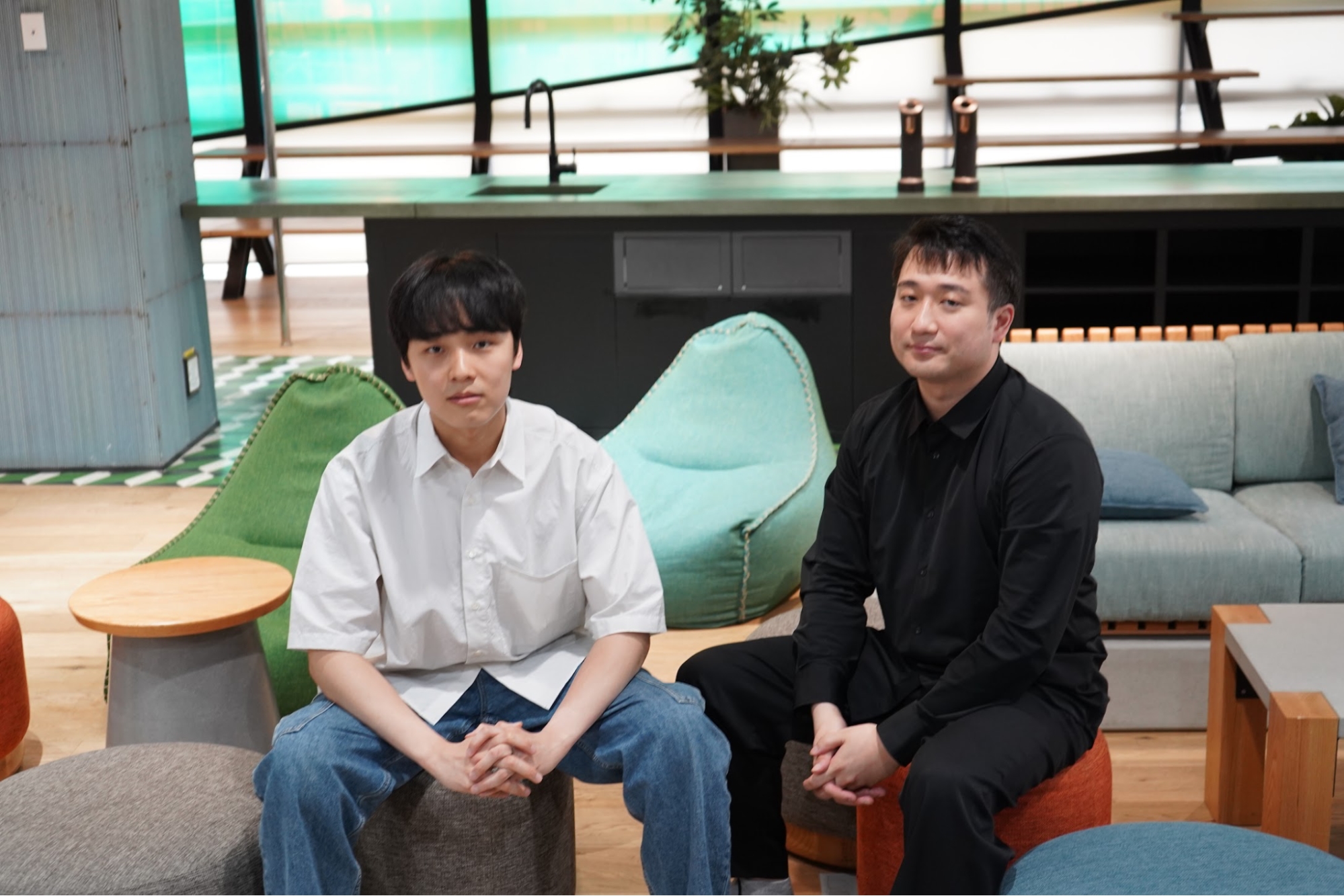
A Portrait of a Young Game Director
──Thank you for having us today. First, please introduce yourself.
You Seung Hyeon (hereinafter “You”):
My name is You Seung Hyeon. I am the CEO of developer WONDER POTION, and I served as director of 『SANABI』.
Daichi Saito (hereinafter “Saito”):
You seem much younger than I was imagining. I hope you don’t mind me asking, but how old are you?
You:
I’m 29 years old.
Saito:
You’re so young!
──I’m not too far from your age, but I can’t hide my astonishment. Well, first, can you tell us what led you to become a game developer?
You:
Developing games has always been my dream.
I loved manga and anime since I was a child. But I only enjoyed them as a sort of onlooker watching from a distance.
The turning point came in elementary school when I came across Capcom’s courtroom adventure game 『Ace Attorney』. I was obsessed with that game. It was my first experience being so deeply absorbed in a story and its characters. I wanted to be immersed in that world any chance I could get, so much so that I bought the 『Ace Attorney』 soundtrack and listened to it around the clock. I even memorized the titles of all the tracks.
That’s how my dream to one day be someone who makes games started.
──So 『Ace Attorney』 was pretty big in Korea too. But I have an impression that all young Korean gamers have played 『League of Legends』(hereinafter “LoL”) at some point. Is that true for you?
You:
Of course, I was hooked on LoL when I was in high school! Actually, I got pretty far, probably enough to be considered semi-pro class.
However, South Korea has mandatory military service. So as soon as I entered college, I had to join the military.
──Oh yeah, South Korea requires men to serve up to 21 months.
The things we dedicate our teen years to, such as studies and recreation, are taken away from us in the military, and for me that was LoL. Life in the barracks was boring, with all the weeding and training, and I had completely lost sight of what I had been passionate about.
During these days, I began to think about all sorts of things. Eventually, I remembered that what I really wanted to do was make games. Once I realized this, I started coming up with ideas for games, one after another. And that’s how I began creating SANABI.
──As someone who lives in a country without a draft system, I have to ask is it common in South Korea for people to reconsider their dreams for the future and the way they carry themselves while serving in the military, like you did?
You:
I think that’s the case for most people. Very few people join the military by choice, and the everyday tasks are monotonous. That’s why it’s natural for people to reexamine their lives, to think about where they came from and where they’re headed.
Formative Experience with 『Ace Attorney』
──Regarding Ace Attorney, the formative experience that led you to your dream, what specific scene from that game left an impression on you?
You:
Hmm… I don’t think I can pick one specific thing. It was an important series to me from my childhood, and I’m attached to all versions of the game and scenes.
If I had to pick something…well, I’d say the ending…maybe.
You know when the credits start rolling how each character talks about what happened afterward, right?
When I saw that as a child, I was overwhelmingly saddened.
The characters, whom I felt I had been with for a long time and with whom I had close relationships, were now taken away from me and happily enjoying their lives afterward… It felt like receiving a letter from a close friend who had moved far away.
My ideal game is not simply a mixture of a variety of elements; it’s one that melts together as one to make a complete work.
『Ace Attorney』, too, is a work that organically fuses perfectly polished elements such as characters, artwork, soundtrack, and setting, which is exactly why it’s so deeply etched in my heart.
──And the exact same thing can be said of 『SANABI』. Each member of the development team contributes their own personality, which then all melts together to result in a single, incredible game.
You:
『Ace Attorney』 is the game that influenced me most in my life, so I’m honored if you feel it has something in common with my game. However, afterward, I had the opportunity to come in contact with various other games, not only 『Ace Attorney』, and the experiences I had from those helped form my ideals for games, which in turn led to 『SANABI』.
──So what other games that you played after Ace Attorney left an impression on you?
You:
My favorite games are 『Skyrim』, 『Portal 2』, and 『Outer Wilds』. Each one of these games succeeds at giving the player a deep experience.
──Experience?
You:
Yes, experience (경험). They’re games that provide more than just plain entertainment, regardless of scale–whether indie or AAA. That’s what I consider ideal.
Games are made up of experiences. The story and the game mechanics are important too, but a game cannot be formed with only one of these.
When I first played 『Portal』, I didn’t know you could turn on Korean subtitles, so I completed the game while playing in English, which I couldn’t understand. At that time, my impression was that it was a fun puzzle game. But later when I turned on the Korean subtitles, I played while able to understand the story, and I realized for the first time Portal’s appeal. If you take away either the story or the game mechanics, you won’t be able to achieve the true 『Portal』 experience.
The player receives a personalized play experience through things like the game mechanics, story, and art. And as you accumulate these things, you create a personal, intimate relationship with the game, which eventually molds your own unique experience. These personal experiences are the most important part of games.
Saito:
Yes…Yes! That’s so true!
──Saito, it seems like you want to say something.
Saito:
As a producer, I’ve always told indie creators that “games are experiences”, so I know exactly what you’re talking about.
Even when developing 『NEEDY STREAMER OVERLOAD』, our team actively discussed this, and it led the scenario writer, Nyalra, to conclude that the Internet experience is even crazier than drugs. Afterward, we immediately redesigned the game to allow the players to experience this.
──『Portal 2』 and 『Outer Wilds』 make sense when it comes to your focus on experience, but 『Skyrim』 is a bit surprising.
You:
Actually, for me, the experience of 『Skyrim』 rivals that of the other two. I was so obsessed with it that I played too much. It’s as if I became a resident of 『Skyrim』 myself (laughs). Certainly, the story, graphics, and battle system in Skyrim aren’t perfect, but the combination of them all creates a game with incredible freedom and an amazing experience.
By the way, when I played 『Skyrim』, I used a MOD that disabled fast travel. This makes playing more inconvenient, but that means you can ride on horses, and you can feel the wind and see the views as you savor that beautiful, polished world, which is more enjoyable than anything.
The feeling of being immersed in a single world was the biggest memorable gift 『Skyrim』 had for me.
──What about indie games like Outer Wilds?
You:
Yes. Before, I played mainly AAA titles, but one day I came across 『Braid』, which took me by surprise. Afterward, I played 『Portal』, 『Ib』, and 『The Witch’s House』, and I got more and more hooked on indie games. Right now, I mostly play indie games. A game that I played recently that left an impression on me was 『Death Stranding』. It’s bigger in scale than most indie games, but by my standards, it’s a game that has the most indie spirit.
AAA games have recently grown to be much the same, but the realm of indie games still retains unique methods of expression and strong experiences.
SANABI: Mechanics, Cyberpunk, and the Joseon Dynasty
──At last, it’s time to get into the nitty-gritty of what makes SANABI so great.
First, making a cyberpunk genre game with rope action. How was this concept born?
You:
I first decide on the game mechanics for the game to be centered around, then I think of themes and stories that fit with those mechanics when I’m developing games.
That means with SANABI, we first decided on the rope action mechanics, then the cyberpunk theme, and then the story.
One game that I loved when I was in elementary school was 『Worms』. In the game, there was this item called the “Ninja Rope.” When you used it, it would cling to the walls or ceiling, which allowed you to move by swinging.
I really liked these mechanics, and I felt sincerely disappointed that there wasn’t a game in existence that was completed entirely with rope action. That feeling grew, and I decided to create a game with only rope action.
If you’re going to give the main character a rope, they either need to be superhuman like Spiderman or it needs to be some sort of special tool. If you go with the latter and design it so that you can mechanically fire the rope to also use it as a weapon, what genre do you think would fit? That’s right. Science fiction.
You:
I’ve always loved the cyberpunk aesthetic.
What especially influenced me was 『Ghost in the Shell』…particularly director Mamoru Oshii’s Ghost in the Shell and 『Ghost in the Shell 2: Innocence』, along with director Kenji Kamiyama’s 『Ghost in the Shell: Stand Alone Complex』. A world where advanced technology corrodes society and even humanity really makes you question what it is to be human. I was drawn to such stories and worlds, and I wanted to create cyberpunk myself.
──In contrast with the enemy side which had high-tech weaponry like lasers and plasma canons, the main character uses mainly just a low-tech rope arm weapon.
You:
That kind of anachronism was partly intentional. Within the story, the protagonist’s weapon is pointed out as being antiquated, with parts for repair only obtainable from the black market. We wanted the player to get the impression that the protagonist is old-fashioned.
──Things like the protagonist’s uniform being a military uniform from the Joseon dynasty make 『SANABI』 different from other cyberpunk games and a unique product of Korea. What was your thought process regarding this point?
You:
First of all, I was born and raised in a Korean city, so since I had the chance, I thought I would have the base be the views that I often saw to create a cyberpunk world unique to Korea. That’s one reason.
Japanese or Chinese cities are often used as image sources in cyberpunk games. But the older streets in Korean cities, too, have old neon signs and somewhat old blocks of buildings, signs that mix Chinese characters and Hangul–all of which are very cyberpunk-looking scenes, and the world of SANABI was directly influenced by this.
Also, the reason for choosing a Joseon dynasty motif was based on the fact that the Joseon dynasty had rule over the country for a span of over 500 years, making it a rare dynasty in the history of the world.
Typical cyberpunk games are based on worlds where the consequences of capitalism expanding have led to corporations having power that surpasses that of the nation. SANABI, however, does the opposite and is based on a world where the nation has much more power over corporations, and this becomes the crux of the story.
──That’s exactly what makes SANABI so great. While it has a rich background worth digging further into, the story focuses on the microscopic details. Other games tend to supplement details of the world in the form of notes, but this game did so with only a certain important scene, which was very effective.
You:
Actually, our team considered whether we should explain the world with side stories or notes, but in the end, it didn’t fit with the tone of the two characters’ drama. That’s why we decided to omit such explanations.
Art and Camera Work
──What was the specific creation process for SANABI?
You:
The basic sequence was that first, we made the story and script, then based on that, we’d create temporary art, then put it into the game and tested how it looked. That was the cycle.
However, because we raised funds through competitions and crowd-funding, we often had sudden deadlines set for certain parts to be available as demos. When that happened, we’d put a hold on all other tasks and focused resources on producing a demo.
Looking back at it now, we developed the game on a pretty tight schedule.
──Who was in charge of the scenario and script?
You:
I was the one in charge of the scenario and script. So I gave directions to the art team based on my script…but it would be easier if you took a look at this.
Saito:
Oh! These must be your development documents!
All present:
These are precious documents…! Thank you.
──Well, the beauty of the game’s pixel art and animations are highly praised in Japan too. In the end credits, Yuji Heo and Suho Lee are the two people listed as the art division staff. What sort of division of roles did they have?
You:
Lee handled the character design and animation, and Heo handled the backgrounds. Lee worked especially fiercely on the animation parts, surprising even the rest of us on the team with the quality.
I knew I had to make the best of this beautiful pixel art, so I used all sorts of camera work techniques to arrange it.
Saito:
Actually, I found the camera work in SANABI to be highly effective, and it made a lasting impression on me. The camera work in the 2D side-scroll action, especially, was something never done before. I’ve worked on many 2D action games, like 『Touhou Luna Nights』, but I was moved by all the different camera work techniques you used. What did you use as reference?
You:
Movies. In movies, the same scene looks completely different depending on how the shot is taken or how it is cut. I’ve always been a movie buff, so I was largely inspired by such methodologies seen in films.
Saito:
Movies! What specifically about camera work in movies did you reference? Do you have any sort of tricks?
You:
Hahaha. I don’t have anything I’d call a “trick.” But for each scene, I thought of how I could immerse the player. For example, for a shocking or emotional scene, we made the camera zoom in, and when we wanted to create an emotional distance between the character and the player, we zoomed out.
Saito:
I see, I see. One of the final scenes in which the character falls down the stairs was especially impactful for me. It really maximized the side view and was very effective staging.
You:
Thank you.
The Story and The Overseer
──In the city part, Mari becomes the protagonist’s buddy and plays a really important role in the story. The quality of the experience of the story is greatly impacted by instilling in the player a sense of attachment to Mari. I’m sure pulling this off must have been challenging, but what sort of ideas did you come up with?
You:
I was conscious of hinting at how Mari and [the main character’s] daughter are one connected entity. Especially important was the modeling of the daughter. The motivation for the protagonist in 『SANABI』 to keep pressing on is to get revenge for his daughter who was killed. So first we had to have the player be attached to the daughter.
In order to do that, we exaggerated the young daughter’s actions and behavior to be as cute as possible. Then afterward, we overlapped the daughter with Mari who appears in her place to allow the player to become more easily attached to her.
Saito:
I understand exactly. I have a daughter who will be 3 years old soon, so I felt that the protagonist’s daughter was so cute and precious, just like my daughter.
──SOME SLIGHT SPOILERS AHEAD–
Players who are good at guessing may have realized earlier on from the several hints dropped at the game’s opening that Mari and the protagonist’s daughter are the same person. However, from that point until the second half when it is confirmed that the two are in fact the same person, there is this perfect balance of making the player believe they know while still also having doubts. How did you coordinate this mystery?
You:
Actually, we used a slightly unfair trick.
The player becomes confident that Mari is the daughter when it is revealed that 10 years have passed since the daughter died. But at the game’s opening, we hid this information. We seamlessly integrated the opening and main part of the story to give the player the illusion that not much time had passed.
For this trick, we applied a MacGuffin plot device, like that seen in Alfred Hitchcock movies. Those who have actually played the game can imagine what the MacGuffin in SANABI is. In addition, I think I’ve been influenced in some way by the incredible amount of Korean movies I’ve seen.
──In the factory scene in Act 3, a giant robot called the “Overseer” relentlessly chases after the protagonist. In contrast to the other enemies up until that point that were relatively easy to defeat, this Overseer is impossible to defeat, making this a very high-difficulty part. There is a mixed reception for the Overseer in reviews for the game.
In a previous interview, I believe you mentioned that you put a lot of effort into the Overseer’s scene. Could you go into more detail regarding that?
You:
The Overseer was a necessary existence for both the story and game mechanics.
First, the mechanical reason for creating the Overseer was in response to the enemies prior to Act 3 being too weak. This was to give the player a sense of satisfaction when defeating enemies in the game’s opening, but then that becomes a monotonous task, which we feared would lead to the player growing bored. So as a sort of accent, we created an enemy so powerful your only choice is to run from it.
On the other hand, we needed the Overseer in order to separate the two characters’ relationship.
The two meet at the beginning of the game and overcome several difficulties together, quickly building a close relationship. So the Overseer appears as a symbol of overwhelming fear to test the maturity of their relationship. And the protagonist, who up until that point was unrivaled, is saved from the Overseer by Mari, reversing the roles of who saves whom. With this, the close relationship between the two changes, which was our aim.
However, when we actually released the game, the Overseer was poorly received, as you mentioned just now. So I analyzed the reasons for this on my own.
Up until Act 3, the gameplay flow was to defeat the enemy and use the rope to grab on and use as a footing to move. I believe it was a pretty easy-to-understand process for even players not familiar with rope action.
However, since the Overseer is undefeatable, you can’t grab onto it with the rope nor use it as a footing. This makes the player at a loss for where to throw the rope. On top of that, there is a time limit, and the screen, too, gives a sense of urgency. I think it makes the player panic in addition to being suddenly much more difficult.
I took a lot into consideration, and I kind of regretted giving the players an unpleasant experience. When development approaches the climax, developers tend to get completely used to the game and think, “Oh, this won’t be too difficult,” when in reality they’re overlooking something that’s extremely difficult. That’s what I learned.
Saito:
Yes. I know exactly what you mean.
──However, I think the Overseer being that incredibly strong is precisely what made the story very striking. The Overseer is a symbol of the separation of parent and child.
You:
There are a lot of stories regarding families in Korean fiction, and 『SANABI』 is also a story about a family. At the same time, it’s also a story about how to properly say goodbye to loved ones. At a certain time, Mari is given the opportunity to leave her parent, but because of her incredible innate talent, she isn’t able to properly separate. So the story of 『SANABI』 is completed by carrying out this separation in the end.
